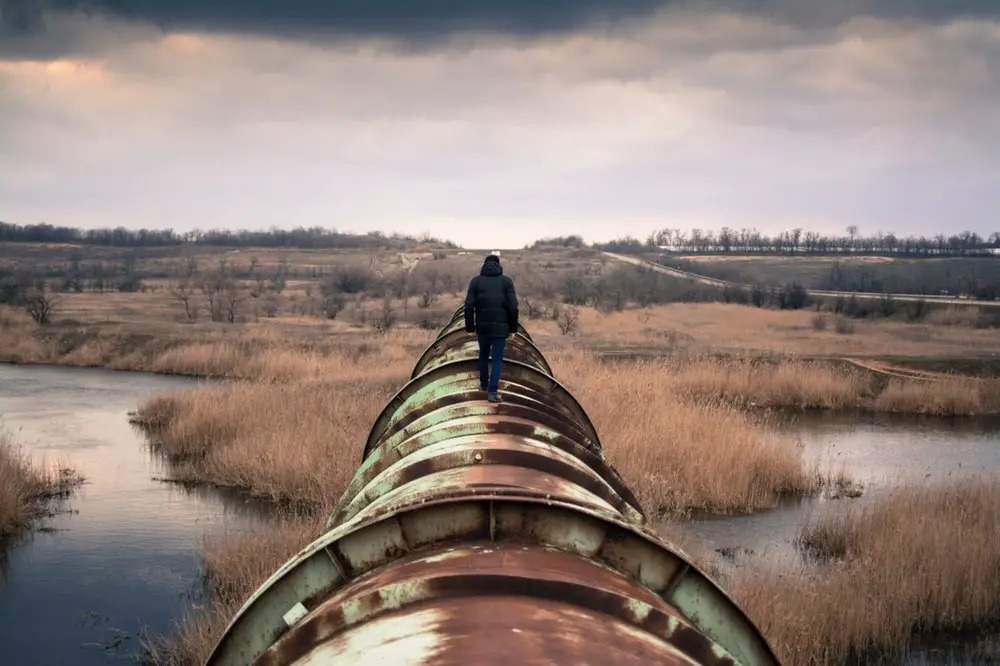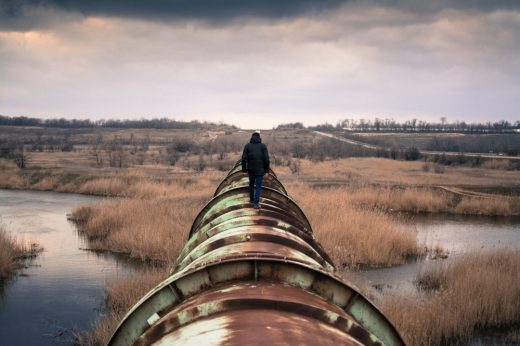What are the main types of pipelines and how do they work, Building Design Tips, Online Advice
What Are the Main Types of Pipelines Guide
29 Oct 2021
Without pipelines, much of modern life wouldn’t be possible. They’re an essential piece of civilization, but many people don’t understand the types of pipelines that keep the world running.
Understanding different kinds of pipelines can help you understand current events, appreciate the risks of pipelines, and determine the purpose of pipelines in your area. Knowing these things is important because the way we handle and treat pipelines has a direct effect on people and the environments that they inhabit. Try using pipeline pigging services.
We’ll look at some of the most common types of pipelines today, giving you some insight into what they are and how they operate. Let’s get started.
What Are the Main Types of Pipelines and How Do They Work?
Gas and Oil Pipelines
Gas and oil pipelines are referred to as “gathering pipelines,” and are used to take resources from their original source and send them to a processing plant. The mainline is connected to a number of other flowlines that come from particular units harvesting resources.
As harvesting continues, more and more of these resources enter the pipeline and are sent down to wherever they need to be processed. Gathering pipelines are relatively short in comparison to the other primary types of pipelines.
The processing plant usually sits around 200 meters away from the source, so there’s not a big need for the line to stretch very far. These lines are regulated in larger cities, but rural areas tend to have fewer regulations.
That said, restrictions increase when the line is around a natural environment that’s unusually sensitive to disturbances.
Feeder Pipelines
Feeder pipelines serve as an intermediary between the gathering pipelines and the transmission lines, which we’ll discuss next.
The feeder takes the resources from the processing plant or holding area and sends them to the much larger line when it’s ready to travel long distances. In this sense, these lines “feed” the resources out into their next destination when they’re processed and ready to go.
Transmission Pipelines
Transmission lines are those that take the resources from the plant to another holding site. That might be across an entire country, or even span a majority of a particular continent.
They operate at a high pressure to increase the rate of flow, and have stopping stations along the way where professionals ensure that the pressure is still high.
In many cases, these pipelines are the most dangerous and problematic. Leaks or breaks in the line could lead to massive disruption in the ecosystem. Further, gas and oil are often ones that come up in the news.
These lines tend to be long and run through areas where people live. That poses the risk of damage to their drinking water, the health of their wildlife, and much more.
Further, long lines require a significant amount of construction, thereby damaging the existing ecosystems. The Keystone Pipeline, for example, is a transmission pipeline that has been a hotbed of discussion, protests, and attempts at legislation.
Some of the reasons that transmission pipelines fail include faulty welding, corrosion, poor management, failed pipe seams, and more. Technology like the Digitrak Falcon ft2 is used to establish better security and communication to prevent the issues above, though.
Distribution Pipelines
Distribution pipelines are those that run from the local processing or holding plant out to the homes and businesses in the community. These lines are relatively small but run throughout most of the city or town that you live in.
Distribution systems operate with the use of mains and service lines. The mainlines used in distribution are a little bit larger in diameter and they run through the primary areas of the city.
You can think of the mainlines as the spine and limbs of the system, and the service pipelines as the finger bones. The larger pipes establish a solid foundation that spreads around the approximate space of the town.
Service pipelines then extend from the mains to go to the individual homes and businesses in the area. Those service lines are then incorporated into the particular gas or intake system that exists in your house.
How Pipelines Work
If most of the terrain that lines cross over is flat, you might wonder how the liquid is able to move through the line at all. You would imagine that it would just sit in the pipe until something came through to push it along.
The existence of pumping stations is a crucial piece of the puzzle. Pumping stations sit along the route of the transmission lines to ensure that the liquids are moving at a high speed.
Those stations do this by establishing the proper pressure to allow the fluids to move. Further, even the natural gases are pressurized into what are called NGLs (natural gas liquids).
Safety of Pipelines
Even though things do go wrong sometimes, pipelines are the safest way that people know how to transport things like natural gasses and crude oils. We could use trains, trucks, or other transportation methods, but those are riskier than pipelines.
Because the line runs under the ground, it’s much less likely to be disturbed or damaged. Some of the lines do run above the ground, though, and that puts them at risk of leaking or getting broken in different ways.
That said, trucks run off the road. The same can be said of trains. Essential resources like fuel have to be protected in the best ways people know how to. The challenge lies in getting the pipelines across vast distances in ways that are respectful to the environment.
Further, the people that live on the land that the line crosses often don’t have a say. In many cases, there is a large financial interest in the creation of these lines. Corporations sometimes lay them down to be profitable and efficient rather than beneficial to the people that the line crosses.
Want to Learn More About The Types of Pipelines?
The different types of pipelines are interesting to learn about, and it’s important to know as much as you can about them. The more you know about the purpose of pipelines, the better you can use your voice to encourage their outcomes.
We’re here to help you learn more. Explore our site for more ideas and information on pipelines.
Comments on this What Are the Main Types of Pipelines and How Do They Work? article are welcome.
Pipes Articles
Pipes Posts
The Importance Of Pipe Relining
Using TracPipe to Improve Your Gas Safety
Process of Pipe Relining explained guide
Best Pipe For Your Home Water Supply
Building Articles
Residential Architecture
Comments / photos for the What Are the Main Types of Pipelines and How Do They Work? page welcome






